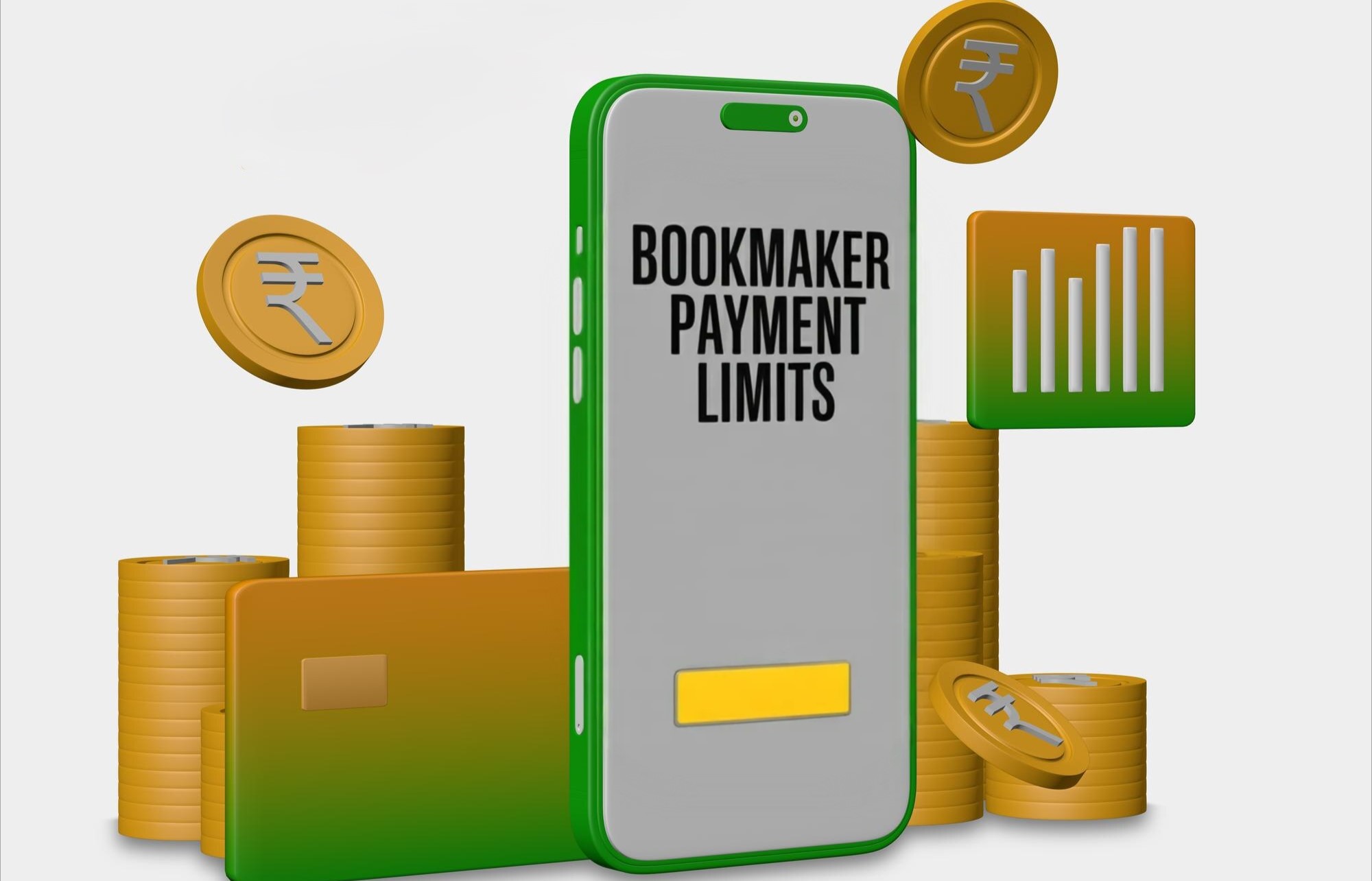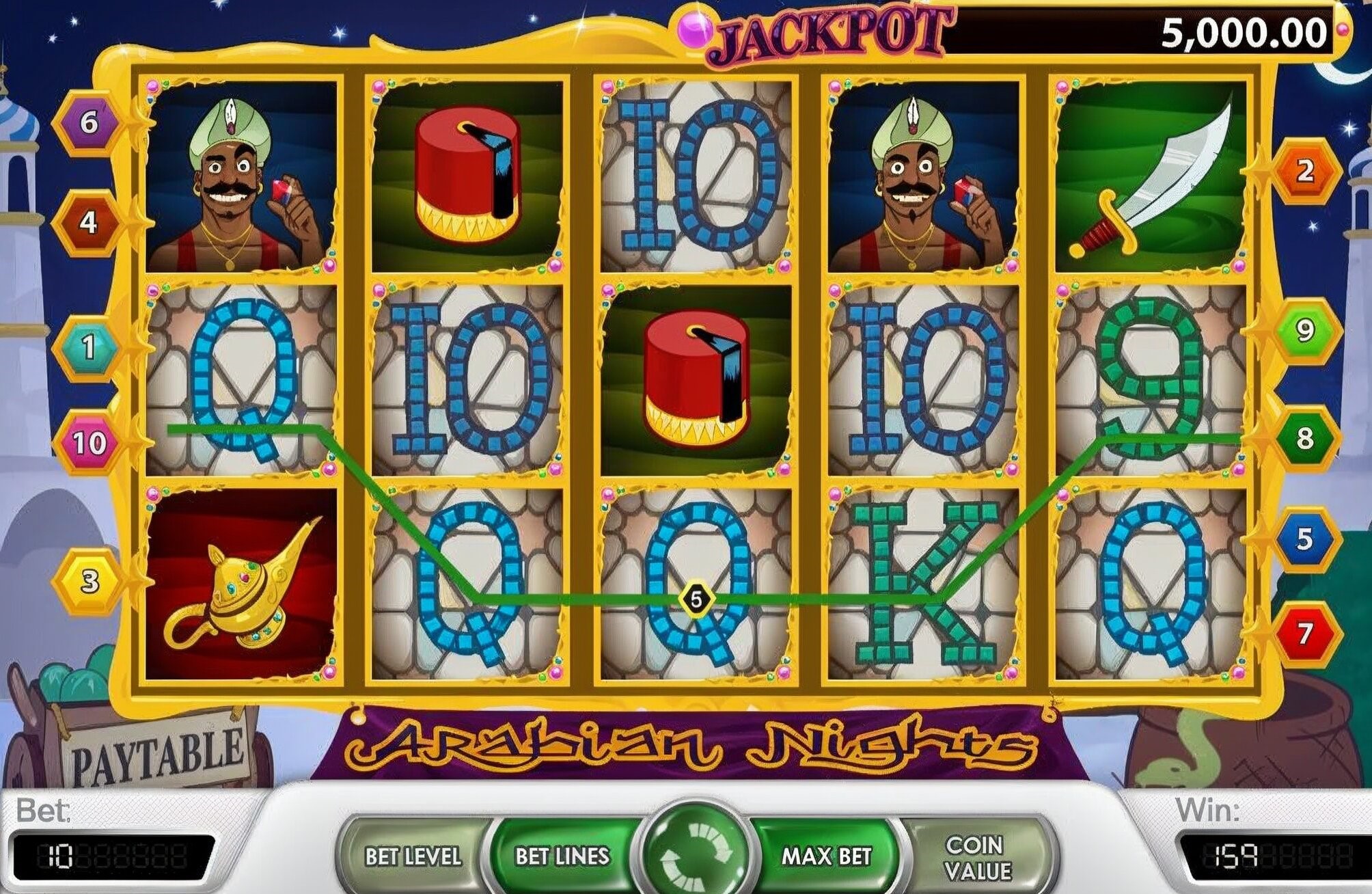
Ever wondered why Indian bookmakers set certain limits on deposits and withdrawals? If you’re into online betting or casino games, payment limits can be a bit confusing — and sometimes frustrating. But they exist for a reason, and knowing about them can help you avoid surprises and plan your bankroll better. In this article, we’ll dive deep into Indian bookmaker payment limits for deposits and withdrawals. We’ll cover everything from why these limits are in place, how they differ across platforms, common ranges you’ll find, and smart tips to manage your money wisely. So, buckle up! Let’s explore this topic step by step.
Why Do Indian Bookmakers Have Payment Limits?
You might be wondering why you can’t simply deposit or withdraw any amount you want, whenever you want, on Indian betting sites. This restriction isn’t there to frustrate you—it’s actually a crucial part of how bookmakers manage their operations and comply with laws. Payment limits are put in place to create a safe and regulated environment for both the operators and the players. Without these controls, it would be much harder to detect suspicious activity or ensure that transactions are legal and secure.
One of the key reasons for setting payment limits is to prevent fraud and money laundering. Large or unusual transactions can often signal illegal activities, such as attempts to move money covertly or exploit the betting system. By capping deposits and withdrawals, bookmakers can monitor and flag transactions that seem out of the ordinary, helping to keep the platform safe and trustworthy for everyone involved. This is especially important in India, where the regulatory framework around betting and online payments is quite strict and continuously evolving.
Another important factor is regulatory compliance. India’s gambling laws are not uniform and can be quite complex, varying between states and types of betting activities. Bookmakers need to follow financial regulations closely to operate legally, which often means adhering to specific transaction limits and reporting requirements. These limits ensure that operators stay within legal boundaries, avoid hefty fines or shutdowns, and protect their reputation. For players, it means they are using a platform that takes legality seriously and prioritizes their safety.
Lastly, payment limits serve as a form of risk management and customer protection. From the bookmaker’s perspective, limiting how much money can flow in or out at once helps control potential losses and maintain financial stability. On the player’s side, setting these caps helps prevent overspending or chasing losses beyond one’s means. It’s a way to promote responsible gambling, encouraging players to wager within their budget and avoid impulsive, risky behavior that could lead to financial trouble. In this sense, limits are a protective barrier, designed to create a healthier betting experience for all.
How Payment Limits Impact You as a Player
| Impact Area | Description | Example Scenario | Player Consideration | Outcome on Betting Experience |
| Betting Strategy | Limits on deposits restrict how much you can add to your account at one time. | If your deposit limit is ₹50,000, you can’t fund a ₹1,00,000 bet directly. | You need to plan smaller bets or multiple deposits. | Forces you to manage your bankroll carefully and pace your betting. |
| Withdrawal Restrictions | Caps on withdrawals may prevent taking out large winnings in a single transaction. | Winning ₹2,00,000 but withdrawal limit is ₹50,000 per day. | You must withdraw in installments over several days. | Could delay access to your full winnings, impacting cash flow. |
| Payment Method Choice | Different payment options come with varying deposit and withdrawal limits. | UPI might allow smaller deposits than bank transfers. | Choosing a method with limits that match your needs is key. | Affects convenience and speed of transactions. |
| Transaction Frequency | Some bookmakers limit how often you can deposit or withdraw within a time frame (daily/weekly). | Only one withdrawal allowed per day despite multiple bets. | You must schedule transactions and be patient. | Requires better planning to avoid delays or frustration. |
| Account Status Effect | Limits often increase for verified or VIP players compared to new or regular users. | Verified VIP players might have limits 10x higher than new players. | Verification and loyalty can unlock higher limits. | Encourages account development and responsible play over time. |
Types of Payment Limits
When you play at Indian bookmakers, you’ll come across different types of payment limits that control how much money you can deposit or withdraw. These limits are set to ensure security, regulatory compliance, and responsible gambling. Here’s a detailed breakdown of the common types of payment limits you should be aware of:
- Minimum Deposit Limits: Most bookmakers set a minimum amount you need to deposit to start playing. This is usually quite low to encourage new players, often as little as ₹100 or ₹200. This ensures that deposits are meaningful enough to cover transaction costs but still accessible to casual bettors.
- Maximum Deposit Limits: On the flip side, there are maximum deposit limits that can vary significantly from one bookmaker to another. Some platforms allow only up to ₹10,000 per transaction, while others might let you deposit as much as ₹5,00,000 in a single transaction or within a day. These limits help control large inflows of cash, preventing money laundering and financial risks for the bookmaker.
- Daily Deposit Limits: In addition to per-transaction caps, many bookmakers impose daily deposit limits. This means that even if your per-transaction limit is high, you might only be able to deposit a certain total amount in one day, like ₹1,00,000 or ₹2,00,000. This restricts impulsive overspending and promotes responsible betting behavior.
- Minimum Withdrawal Limits: To avoid constant small withdrawals, bookmakers set minimum withdrawal amounts. These are often around ₹500 or ₹1,000, ensuring that the withdrawal process is cost-effective and worthwhile for both the player and the bookmaker. This prevents players from cashing out tiny sums repeatedly.
- Maximum Withdrawal Limits: Withdrawal limits can be more restrictive than deposits. There might be caps on how much you can withdraw daily, weekly, or monthly. For example, a bookmaker may allow a maximum withdrawal of ₹1,00,000 per day or ₹5,00,000 per month. These limits help the bookmaker manage cash flow and comply with financial regulations.
- Withdrawal Frequency Limits: Some platforms also restrict how often you can withdraw funds. For instance, they may allow only one withdrawal per day or per week. This limits the number of transactions to reduce processing fees and maintain system integrity.
- Payment Method-Specific Limits: The limits can differ depending on which payment method you choose. For example, deposits via UPI or e-wallets like Paytm might have lower maximum limits compared to bank transfers, which typically allow much higher amounts but take longer to process.
- Account Status-Based Limits: New players usually start with lower deposit and withdrawal limits. Once you complete identity verification (KYC) or reach VIP status, these limits often increase significantly, reflecting greater trust and loyalty between the player and bookmaker.
- Promotional or Bonus-Related Limits: Sometimes, when you deposit using a bonus or promotional offer, the bookmaker may impose special limits on how much you can deposit or withdraw related to that bonus. This is designed to prevent abuse of bonus terms.
- Currency or Region-Based Limits: Depending on your location within India or the currency you use, some bookmakers might apply specific limits to comply with regional regulations or currency conversion rules.
Popular Payment Methods and Their Limits
Indian bookmakers offer a wide variety of payment methods to suit different player preferences, each with its own set of advantages, drawbacks, and transaction limits. Among the most popular options is UPI (Unified Payments Interface), which includes platforms like Google Pay and PhonePe. UPI is favored for its instant processing speed and wide acceptance across bookmakers, making it convenient for many Indian players. Deposit limits for UPI typically range from ₹500 to ₹1,00,000, while withdrawal limits tend to be slightly lower, usually capped around ₹50,000. This method is excellent for quick transactions but may not be ideal for very high rollers due to these relatively modest limits.
NetBanking is another commonly used payment method, valued for its reliability and generally higher limits compared to UPI. Deposits via NetBanking can range from ₹1,000 up to ₹5,00,000, making it a preferred option for players looking to deposit larger sums. Withdrawals via NetBanking are usually allowed between ₹1,000 and ₹2,00,000, but the processing time tends to be slower, often taking between one to three business days. While this method offers a good balance between security and transaction size, the wait time may be a downside for those who prefer instant payouts.
Credit and debit cards remain a familiar choice for many players, especially for deposits, with typical deposit limits ranging from ₹500 to ₹2,00,000. However, withdrawing funds back to cards is rare or sometimes not permitted by bookmakers, which means players often have to use alternative methods for cashing out winnings. This limitation can be inconvenient for those who prefer the simplicity of card transactions but is balanced by the wide acceptance and ease of use of cards for deposits.
E-wallets like Paytm, Skrill, and Neteller offer fast and convenient transaction options with moderate limits, usually allowing deposits between ₹500 and ₹1,00,000 and withdrawals up to ₹1,00,000. These digital wallets provide an efficient way to manage funds without sharing sensitive banking details directly with bookmakers. Lastly, bank transfers stand out for their high deposit and withdrawal limits, ranging from ₹5,000 up to ₹10,00,000, making them ideal for high-stakes players. However, the trade-off is slower processing times, sometimes taking several days to complete, which might be a drawback for players wanting immediate access to their funds. Overall, the choice of payment method depends on your priorities—whether it’s speed, convenience, or transaction size.
Step-by-Step: How to Check Your Payment Limits
| Step Description | What to Do | Where to Find It | Common Challenges | Tips for Success |
| Log in to your account | Access your personal betting account | Homepage or login page | Remembering your login details | Use password managers for ease |
| Navigate to banking or cashier section | Find the section dedicated to payments | Main menu or dashboard | Sometimes hard to locate | Look for labels like “Deposit” or “Withdraw” |
| Select your preferred payment method | Choose UPI, NetBanking, cards, or wallets | Payment options tab | Some methods may not be supported | Confirm availability before proceeding |
| Look for deposit and withdrawal limits | Check displayed minimum and maximum limits | Payment method details page | Limits not clearly shown | Scroll carefully or use search feature |
| Check FAQ or support section | Find additional info if limits aren’t clear | Footer links or Help Center | FAQs may be vague or outdated | Use keywords like “payment limits” |
| Contact customer support if unclear | Ask directly for your limits and conditions | Live chat, email, or phone support | Possible wait times or slow replies | Be clear and polite for faster response |
Common Deposit Limits at Indian Bookmakers
Deposit limits can vary widely depending on the bookmaker’s size, reputation, and the payment methods they support. To help you understand what to expect, here’s a detailed overview of typical deposit limits across different tiers of Indian bookmakers:
- On low-tier platforms, the maximum deposit limit is usually quite modest, often capped between ₹10,000 and ₹50,000 per transaction. These sites tend to cater to casual players or beginners who prefer smaller betting amounts, and their payment infrastructure might not support very large deposits.
- Mid-tier bookmakers typically offer more flexibility, with deposit limits ranging from ₹50,000 up to ₹2,00,000 per day. These platforms generally have better payment processing capabilities and attract more serious bettors who want to place higher stakes but still prefer moderate deposit sizes.
- High-tier or premium bookmakers often allow deposits of ₹2,00,000 and can go as high as ₹5,00,000 or more per transaction. These platforms usually cater to VIP players or high rollers and provide a wider range of payment options with higher limits to accommodate large wagers.
- Deposit limits may also vary depending on the payment method chosen. For example, bank transfers tend to support the highest deposit amounts, while UPI and e-wallets might have lower caps due to their own restrictions.
- New or unverified players might face stricter deposit limits until they complete mandatory KYC verification. Once verified, these limits can increase significantly as the bookmaker gains more confidence in the player’s identity and account.
- Some bookmakers impose daily or weekly cumulative deposit limits, meaning that even if the per-transaction limit is high, the total amount deposited in a day or week could be restricted to encourage responsible betting.
- Special promotions or bonuses may sometimes come with specific deposit limits to prevent abuse, so it’s important to check the terms and conditions before funding your account if you’re looking to claim offers.
- Regional regulations in India can also affect deposit limits, especially in states with stricter gambling laws, where bookmakers may impose lower caps to comply with local rules.
- Deposit limits might be adjusted for players who are part of loyalty or VIP programs, often providing higher ceilings as a reward for regular, responsible play.



